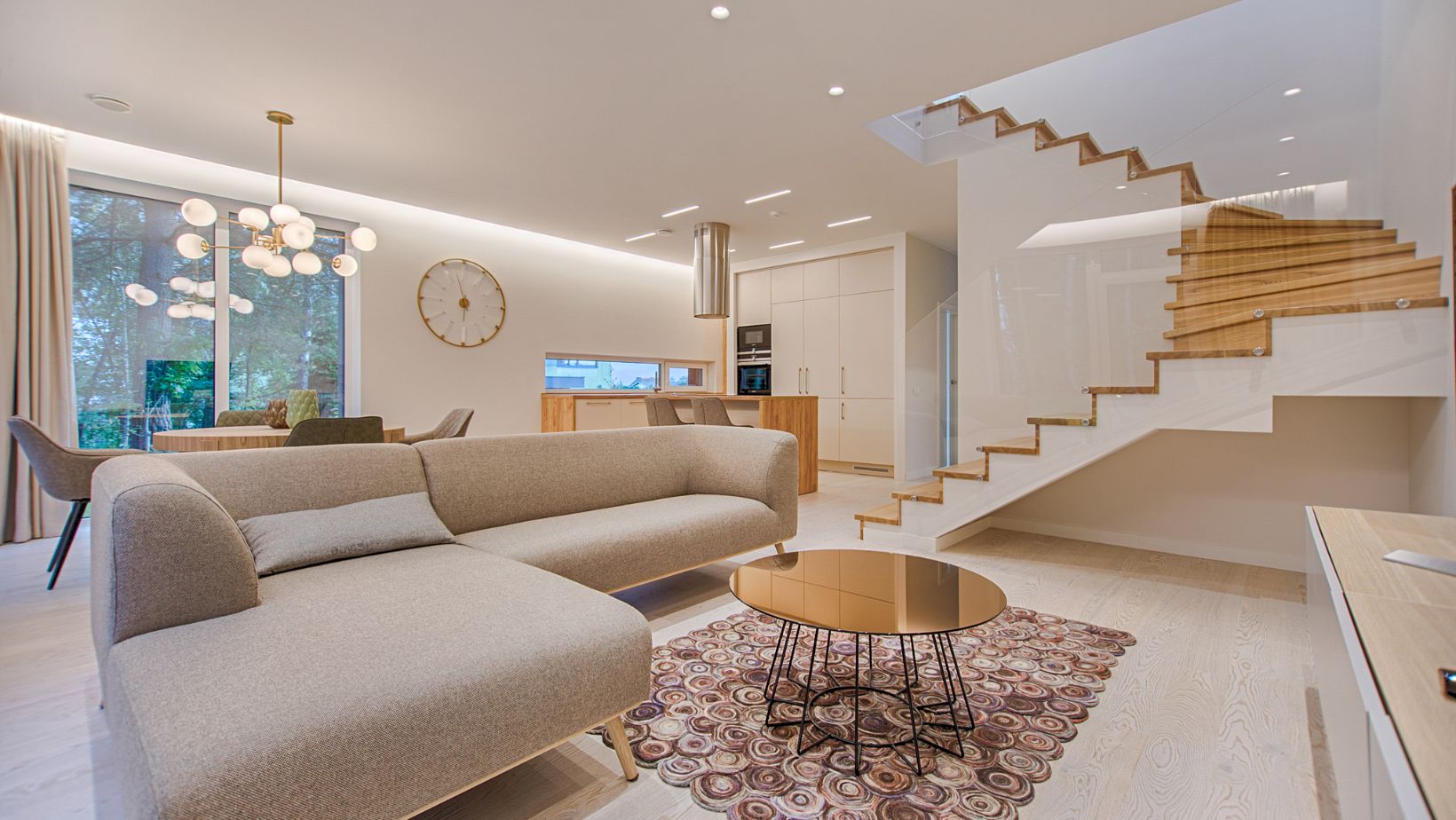
The chance to personally design one’s living environment is a deeply held aspiration for many. People dream of a living space that is both elegant and meets all their desires. The luxury of returning to a home that is both comfortable and beautifully designed after a long day’s work is indeed a cherished dream.
Nonetheless, given the financial and time commitments required for home renovations, the opportunity to tailor your home precisely to your preferences does not come around often. This makes it essential to make wise choices from the outset to achieve your ideal home on the first attempt. To aid you in this process, we’ve outlined the top five considerations to keep in mind when planning the design of your own home:
Set a Budget Goal
Planning your ideal home can significantly strain your finances without proper vigilance. Keep a close watch on expenditures during the entire process. Constructing a house from the outset is not only time-consuming but also subject to varying prices over time.
You will encounter various costs, including real estate fees (if applicable), taxes, and other housing-related charges. The interior components, such as furniture and appliances, among others, also require consideration.
Understanding current market trends is key to planning your budget wisely. Additionally, bringing in a professional can be advantageous, as they typically provide a direct and accurate cost estimate from the start.
Efficient Space Utilization
Have a clear idea of how you plan to use the space available when designing a new house. Currently, open-plan rooms that serve multiple purposes are favored by larger families or those with small children. This approach is appealing from a design standpoint as it allows for the functionality of a space to shift smoothly without the need for ongoing renovations. You can also contact custom home builders Sydney to help you come up with your dream home, ensuring maximum space utilization.

Additionally, the trend towards open-plan living supports the creation of larger, more airy environments with a focus on minimalist design. Nevertheless, trends in home design can evolve rapidly. For instance, the increase in remote work during the pandemic has reemphasized the importance of private spaces in family home planning.
An architect will collaborate with you to ensure your home is both fashionable and timeless, designed to flexibly adapt to future trends and changing necessities without requiring significant financial investment. You also need to understand the difference between an interior architect and an interior designer in order to choose the right professional for your project.
Environmental Enhancements
Sustainability has expanded beyond simply being part of the ‘green movement’ or the concept of ‘eco-friendly homes.’ Given the increase in energy costs and climate change concerns, integrating energy-efficiency measures into the design of new homes is highly recommended.
These measures influence various aspects, from selecting building materials to insulating walls and situating windows, as well as choices about installing rooftop solar panels and rainwater collection systems.
Incorporating renewable energy sources and alternatives to fossil fuels, like air source and ground source heat pumps, from the outset can ensure that a home is not only environmentally conscious but also visually appealing.
The Positioning of the House
The orientation of your home significantly impacts its design and should not be disregarded. Bedrooms, dining rooms, and living areas should be oriented properly to guarantee comfort.
Natural light must enter the space effortlessly, reducing the reliance on artificial lighting. Allowing a cool, natural breeze to flow through can obviate the need for mechanical ventilation. Ensure that your windows frame attractive vistas rather than dull brick walls.
Collaborate on Designs With Your Family
Ensure your family is included in your planning process. Take into account their views on the home’s layout and aesthetics. Living together means it’s essential for everyone to feel comfortable with the chosen design, so involve them in the planning stages. Make accommodations for every member of the household.

The dimensions of rooms and their intended purposes are crucial. For households with children, create a safe environment that includes areas for play, such as a garden or backyard. When it comes to the building’s structure, appliances, furnishings, and all other aspects of home design, align them with what suits your family best.
Endnote
Constructing your dream home is typically a rare chance, so invest in essentials for a sustainable and eco-friendly home. These additions will improve your quality of life and align with your personal lifestyle.












